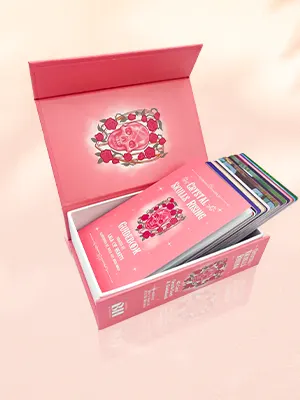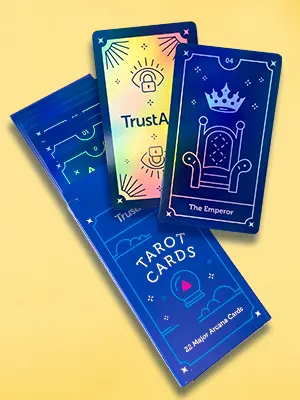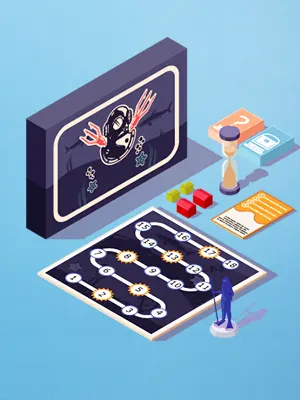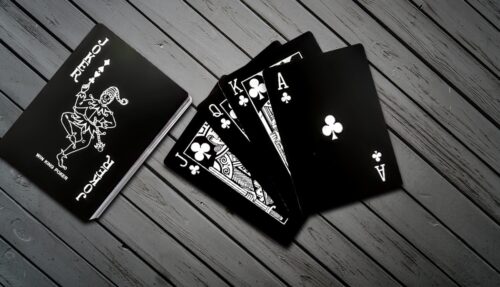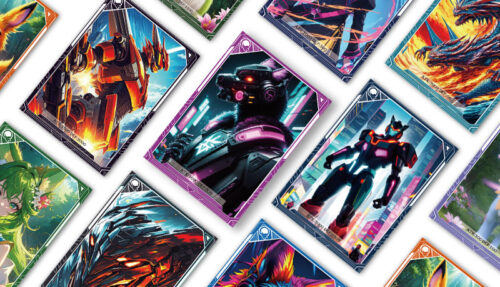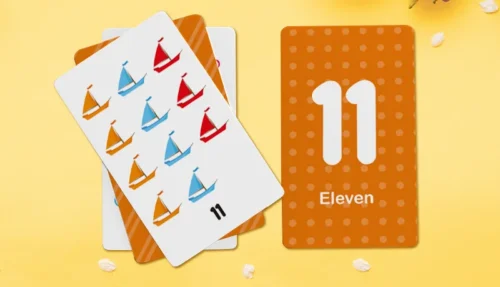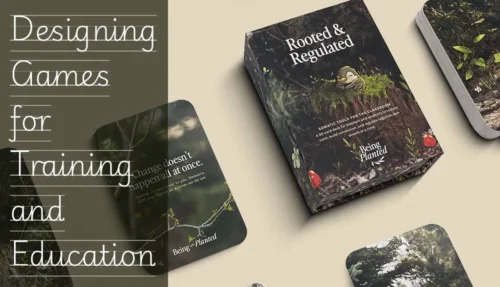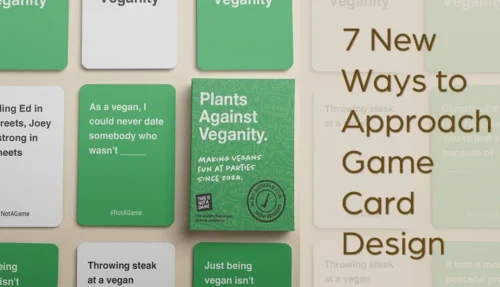A guide to selecting the best paper and surface finishing combination for your prints
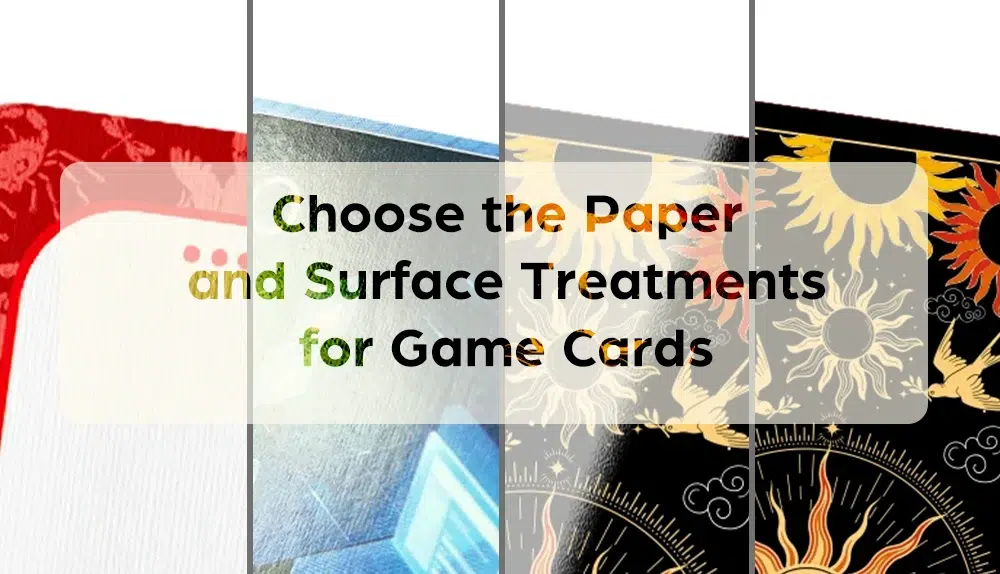
Cards Printed by QinPrinting
Choosing the right paper and surface treatments for your game cards is an important decision to guarantee the durability of the cards, their aesthetic impact, and a satisfying tactile experience for players. Whether you’re a publishing business or an independent game developer, making informed decisions about these elements can impact the quality and success of your game significantly. In this guide, and drawing on 30 years success in the international offset printing industry, we’ll explore the key considerations and options available to help you make the best choices for your game card project.
Summary box
| Factor | Options & Considerations |
|---|---|
| Paper Type |
- Art Paper (300/350 gsm): High-quality print, smooth finish - Black Core Paper (310 gsm): Prevents transparency, best for professional cards - C1S Paper: Coated on one side, writable on the other |
| Durability | Choose thicker stock (300 gsm+), lamination for protection |
| Opacity | Black core paper prevents transparency |
| Print Quality | Coated papers provide better color vibrancy and sharp details |
| Surface Treatments |
- Lamination (Gloss/Matte): Enhances durability, improves texture - Varnish (Gloss/Matte/Satin): Adds light protection and aesthetic touch - UV Coating: High gloss, used for selective highlights - Foil Stamping: Adds metallic decorative elements - Embossing/Debossing: Creates raised or recessed textures |
| Budget Considerations | Balance high-quality materials with cost-effectiveness |
| Target Audience | Durable and spill-resistant for children, premium finishes for collectors |
| Game Type | Casual games: Durable, low-cost materials; Premium/Collectible games: High-end finishes |
Paper types for game cards
The foundation of any game card is always the paper it’s printed on. The type of paper affects not only the look and feel of the cards but also their longevity and performance during gameplay. Here are some common paper options we often recommend, although we understand that each custom deck will need its own nuanced assessment before settling on the exact right paper to use:
- Art paper: This is a heavy paper stock coated for high-quality printing, typically available in weights like 300 gsm or 350 gsm. Art paper provides excellent color reproduction and a smooth finish, making it ideal for vibrant and detailed designs.
- Black core paper: Specifically designed for playing cards, black core paper includes an opaque layer in the middle, preventing light from passing through—stops people from cheating! This opacity helps make sure that card faces remain hidden, maintaining game integrity and also strengthening the cards to endure years of frequent play. A common weight for black core paper is 310 gsm.
- C1S paper (coated one side): This paper is coated on one side, offering a glossy finish on the front and an uncoated back. It’s often used when a premium feel is desired on one side, such as for flashcards or cards where writing on one side is necessary. Likewise, we can make an economical but tough card with two print faces by gluing two sheets of C1S back-to-back, for example.
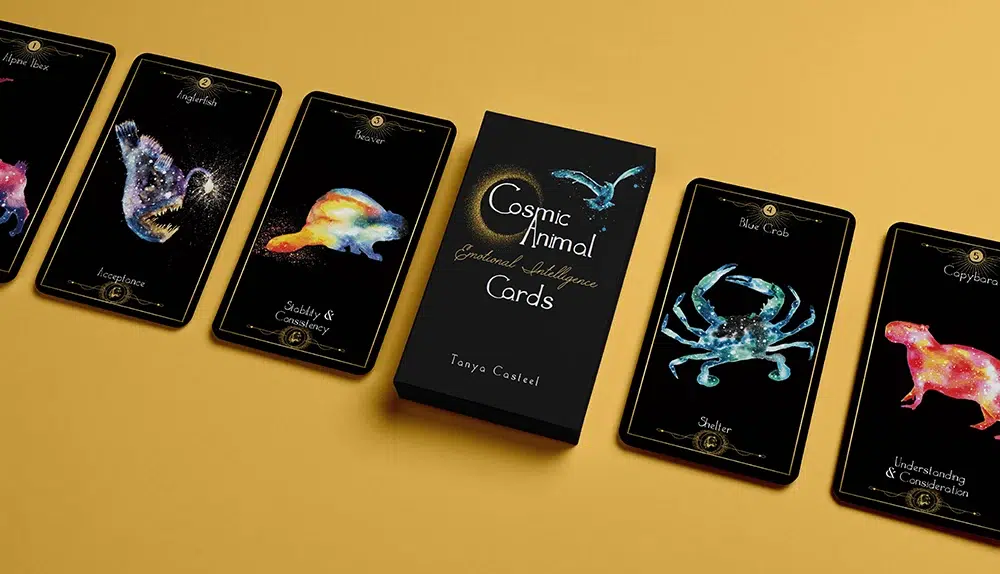
Cards Printed by QinPrinting
Key considerations when choosing paper
- Durability: Game cards undergo frequent handling, shuffling, and bending. Selecting a sturdy paper stock like 300 gsm art paper or 310 gsm black core paper enhances the cards’ resilience and lifespan.
- Opacity: To prevent see-through issues, especially in games where card secrecy is vital, black core paper is recommended due to its excellent opacity.
- Print quality: For designs with rich colors and intricate details, coated papers like art paper provide superior print clarity and vibrancy.
- Feel: The tactile sensation of the cards contributes to the overall gaming experience. Think about whether a smooth or textured finish fits best with your game’s artistic style and end-user expectations.
Surface treatments for game cards
Surface treatments enhance the appearance and durability of game cards. They can protect the cards from wear and tear and also add a high-end feel or special effects which help create the mood and identity of your game. Here are some popular options:
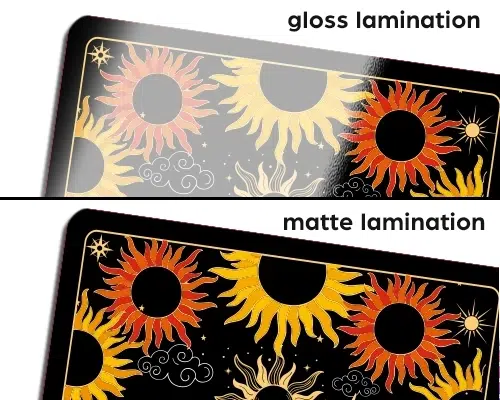
Lamination
Applying a thin plastic film over the cards, lamination comes in gloss or matte finishes. Gloss lamination offers a shiny appearance and vibrant colors, while matte lamination provides a subdued, glare-free look with a smooth touch. Lamination also adds a layer of protection against spills and stains.
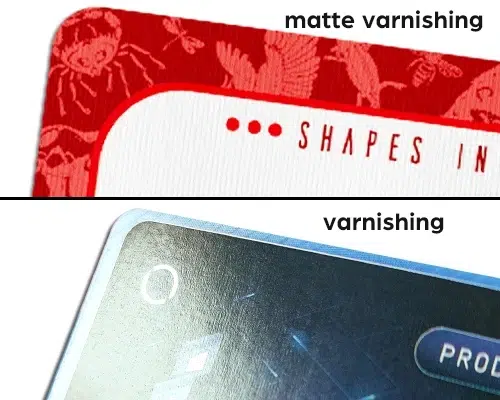
Varnishing
A liquid coating that adds a protective layer, varnish can be glossy, matte, or satin. It's less protective than lamination but still enhances the card's appearance and offers some resistance to wear.

UV coating
A type of varnish cured using ultraviolet light. UV coating results in a durable and high-gloss finish. It's excellent for highlighting specific areas of the card, such as logos or artwork, through a process called spot UV.
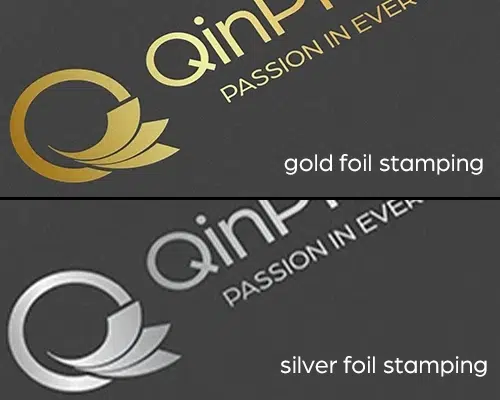
Foil stamping
This involves applying a metallic foil to the card's surface using heat and pressure, creating reflective designs that catch the eye. Gold and silver are common choices, but various colors are available to match your game's theme.

Embossing/debossing
These techniques create raised (embossed) or recessed (debossed) designs on the card surface, adding a tactile dimension that can make elements of your design stand out physically; although such effects may be best used only on the box or booklet that accompanies your cards, as they can interfere with shuffling, sliding, and other handling.
Making the right choices for your game
Selecting the appropriate paper and surface treatments depends on several factors:
- Game type: A collectible card game might benefit from high-quality black core paper with gloss lamination to guarantee durability and a more costly, luxurious look. In contrast, educational flashcards or interactive legacy card games might use C1S paper with a matte finish for easy handling and the ability to write on one side.
- Budget: While premium materials and finishes obviously do a lot of work to enhance quality, they also increase the costs. Balance your desire for high-end materials with your budget constraints to find a suitable compromise. We are expert at saving you money while still getting the results you hoped for; we know all the tricks, so if you have any doubts, just talk to us and we’ll help you find the solution your game needs.
- Look and feel: Think about how different finishes fit with your game’s theme and artwork. A medieval-themed game might look great with matte lamination and gold foil stamping, while a futuristic game could benefit from gloss lamination and silver foil or even holographic printing.
- Players: Think about who will be playing your game. Games for children might require more durable and spill-resistant finishes, while games for collectors might focus on high-quality visuals and tactile experiences.
FAQs
1. What is the standard size for game cards?
Standard sizes vary depending on the game type, but common dimensions include 2.5 x 3.5 inches (63.5 x 88.9 mm) for poker-sized cards and 2.25 x 3.5 inches (57 x 88.9 mm) for bridge-sized cards.
2. Can I use uncoated paper for game cards?
While possible, uncoated paper is generally not recommended for game cards due to its lower durability and susceptibility to dirt and moisture. Coated papers offer better protection and print quality.
3. What is the minimum order quantity for custom game cards?
Minimum order quantities vary by manufacturer. At QinPrinting, we can often customize your MOQ, even as low as 200 decks. But remember that the more decks you print in a single run, the cheaper the cost of each deck will be and so your profit margin widens in the longer term.
4. How can I ensure color accuracy in printing?
To ensure color accuracy, provide us with high-resolution CMYK or Pantone files and, if possible, request a physical proof before full production to verify colors. As ever, if you have any doubts just pick up the phone or shoot us an email and we’ll get back to you with an optimal solution tailored to your needs.
5. Are there eco-friendly options for game card production?
Yes, at QinPrinting we offer eco-friendly options such as recycled paper stocks, FSC-certified paper and card, and harmless, biodegradable soy-based inks. We tend to encourage our customers to choose the most eco-friendly offers we have as we constantly strive to make our business more sustainable and reduce our environmental impact.
By thoughtfully selecting the appropriate paper materials and surface finishes, you can create game cards that are not only functional and durable but also enhance the overall gaming experience for your players.
Talk to us. We can help.
Need help designing the perfect custom game cards? Contact us today for expert guidance and high-quality paper and surface options tailored to your personal needs. Just shoot us an email to [email protected] or call us on +1 951 866 3971 and we’ll be delighted to do all we can to help you.

